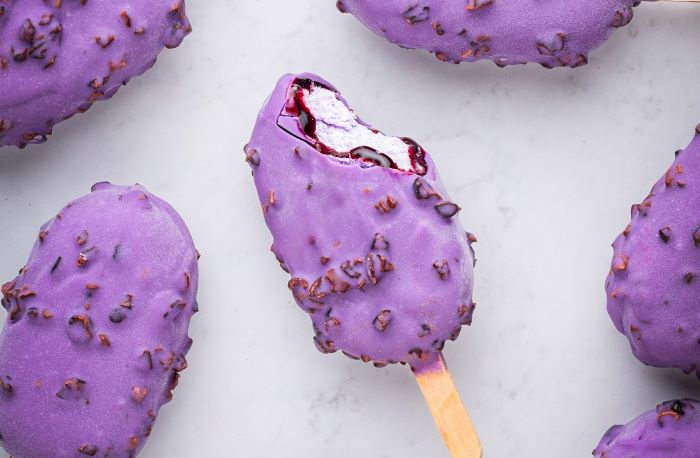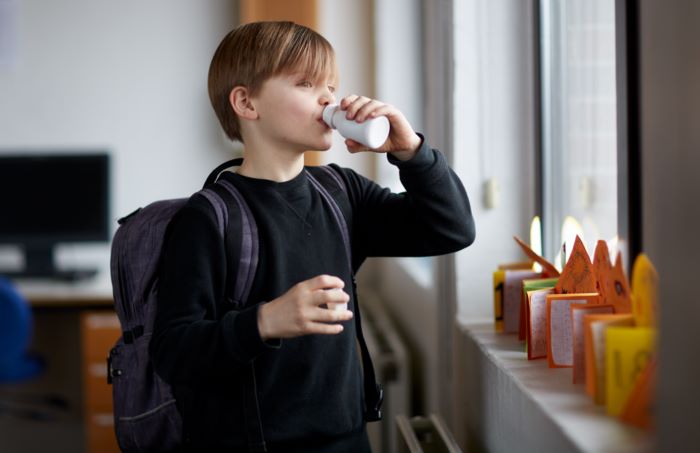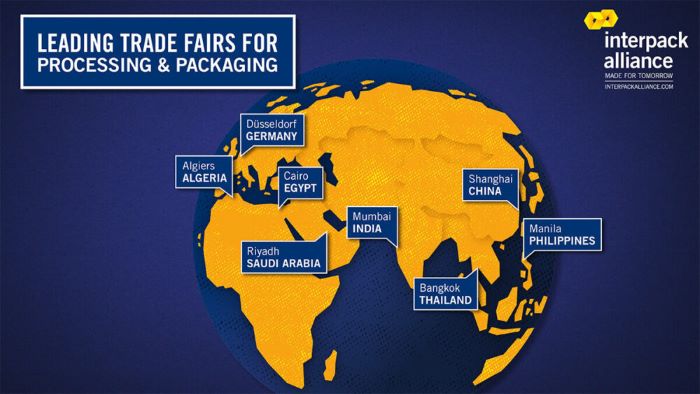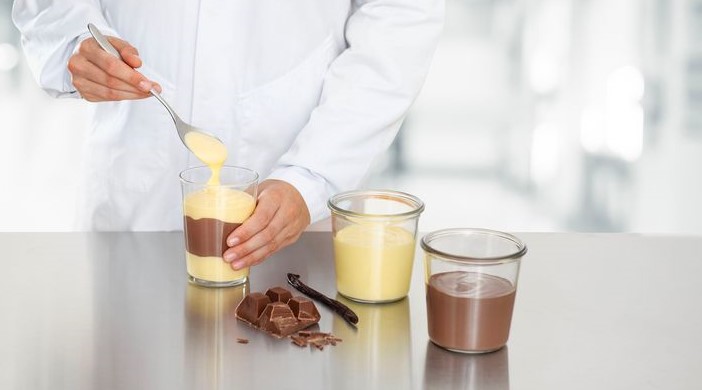According to Future Market Insights, between 2022 and 2030, the market for dairy product packaging is anticipated to grow at a CAGR of 4.5%, reaching US$ 43.6 billion by that time.
The dairy sector is seasonal and cyclical worldwide. In general, the packaging of dairy products falls into seven categories: liquid cartons, bottles & jars, pouches, cans & jerry cans, cups & tubs, folding cartons, films & wraps, and alternative packaging formats.
The primary driver propelling the global dairy products packaging market is the increase in aseptic packaging demand. Several dairy goods, especially liquid dairy products, benefit from innovative aseptic packaging by having longer shelf lives.
Packaging in dairy and other food goods is becoming more and more prevalent as modern retail outlets like supermarkets, hypermarkets, convenience stores, discounters, and others become more prevalent worldwide. As a result, there is an increase in demand for dairy product packaging. Sales of dairy product packaging are predicted to create revenues worth US$ 30.3 billion during the forecast period, growing at a CAGR of 4.5%.
More than 30% of the market is accounted for by North America. This may be attributed to the US population’s rising taste for dairy products such flavoured low-fat yoghurt and flavoured milk. Also, people are becoming more inclined to eat cheese, particularly Italian varieties like parmesan, mozzarella, and provolone.
Slices of packaged cheese are also consumed in significant quantities. For identical reasons, Europe is seeded second. Nonetheless, due to the Gen Z preference for dairy products, including cheese and paneer, the Asia-Pacific is anticipated to rise on an extravagant note in the dairy product packaging market moving future. For more visit futuremarketinsights.com





